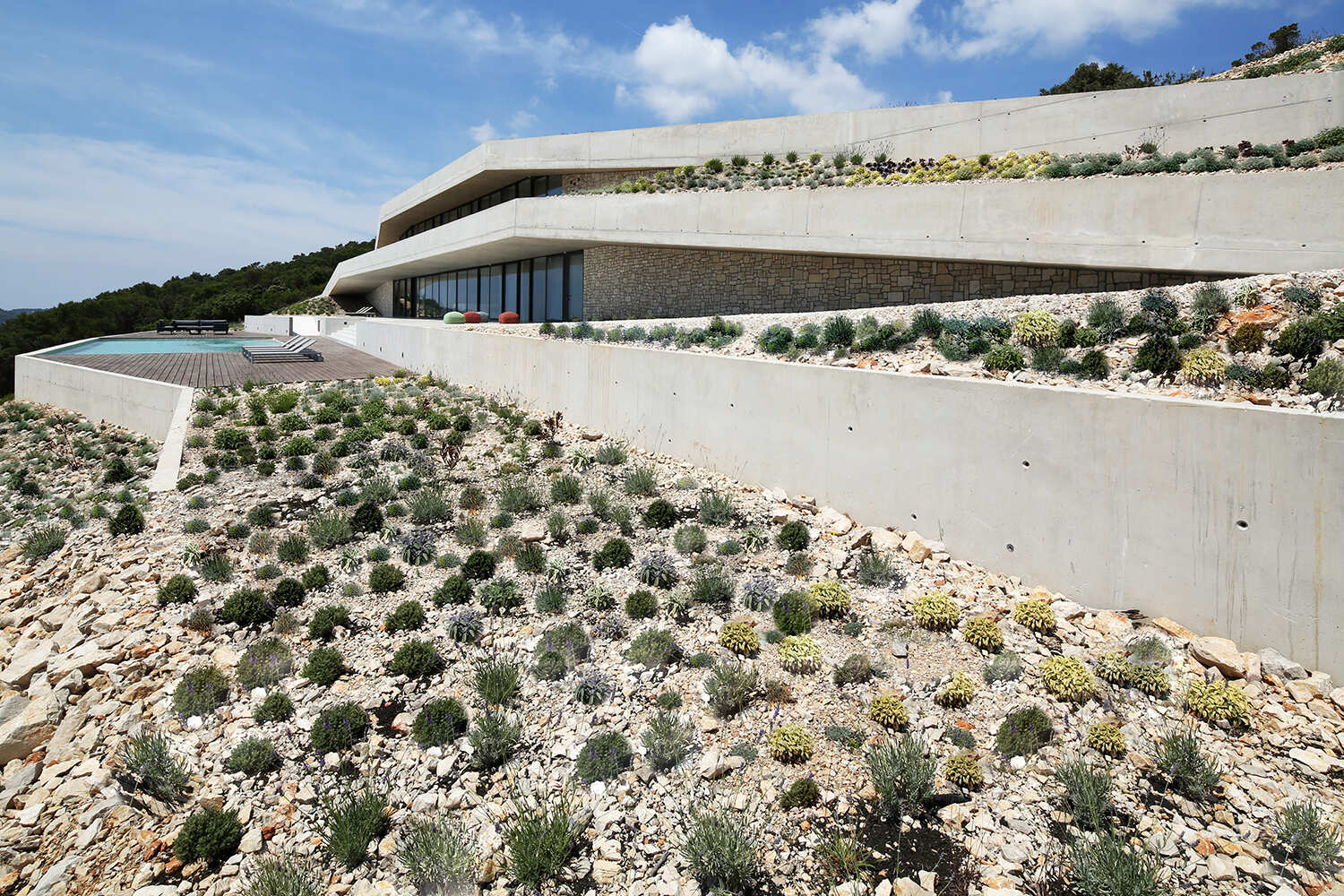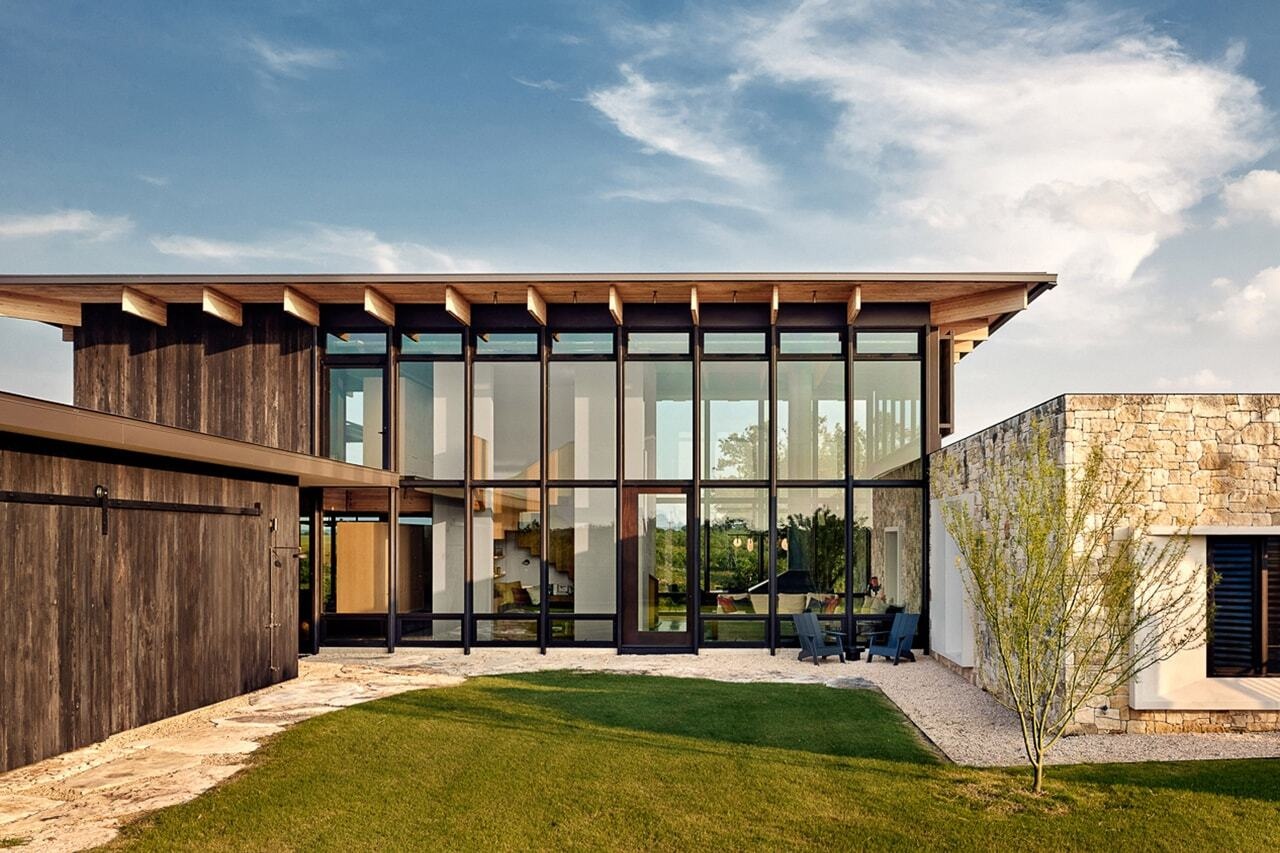Unconventional Playgrounds: Built from Junk, Shaped by Concrete, Freed by Play

 Jongelui bouwen huttendorp in Amsterdam Noord (“Youth building a hut village in Amsterdam North”), 1960s. Image © Harry Pot via Wikimedia Commons, public domain
Jongelui bouwen huttendorp in Amsterdam Noord (“Youth building a hut village in Amsterdam North”), 1960s. Image © Harry Pot via Wikimedia Commons, public domain
What if the best kind of play isn't the safest? For decades, cities have built playgrounds to be clean, colorful, and easy to supervise. Yet these spaces—designed more for adult peace of mind than for children's curiosity—often strip away what makes play truly transformative: risk, unpredictability, and self-direction. Rising safety standards, shrinking public space, and the commercialization of play equipment have only further narrowed the possibilities for children's independent exploration. From a junkyard in 1940s Copenhagen to the concrete landscapes of postwar Amsterdam, a handful of architects, planners, and activists have challenged the idea that play must be neat and controlled. Their unconventional playgrounds—made of loose parts, raw materials, and abstract forms—gave children the freedom to build, demolish, explore, and get dirty.




















































